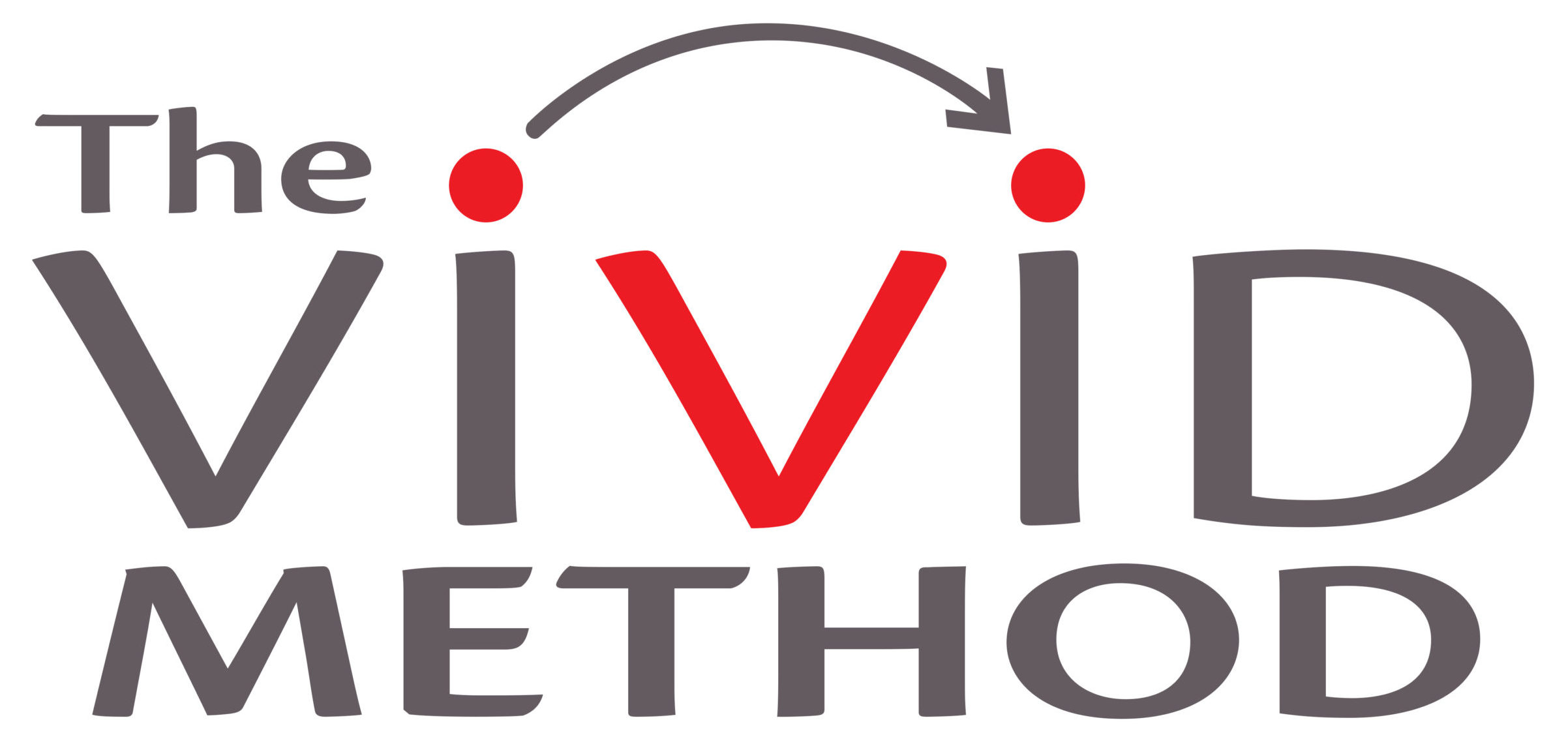The Power of the Pause in public speaking
I paused to speak with a friend this week, a legend in radio, who shared with me what Graham Kennedy believed was his secret to success in connecting with an audience.
The pause.
Now, some of you will be asking; ‘Who the hell is Graham Kennedy?
He was a pioneer – an award-winning entertainer, movie and radio legend. He started in radio and went on to set the mood for Australian television with his show ‘In Melbourne Tonight’.
He set the tone for warm, playful, funny and wholly entertaining television at a time when TV shows were stiff, wooden and formulaic (and boring).
The Pause was his secret weapon.
Politicians and business leaders
The pause is key in business and political communication as well. Look at the recent US election debates. The candidate that controls the pause and the pace seems more in control. When a speaker is rushed or flustered they appear out of control and we question their command of the situation.
“The pause” signals something critical to an audience when you’re giving a speech or engaged in public speaking.
It says you’re in control.
It’s proof that you’re both confident enough and comfortable enough in what you’re presenting, that silence itself underscores the points you make.
It happens best when the rhythm of your speech is so well controlled that you know when and where to pause for genuine effect.
It signals that you’re not in a race to end – but rather, that you’re engaged in a conversation with your audience, where the information occasionally needs time to seep in.
The Pause as punctuation
A pause acts as much more than just a moment of silence. It can act as powerful punctuation in a presentation:
It can serve as an exclamation mark … an underline to a critical point… Used in the right way, and at the right time, there will be no doubt in your audience’s mind about what the silence is saying.
Funny to think that such a simple thing as a few seconds silence, peppered throughout a presentation, could have such an impact. But it does. Silence is golden. And it’s something the greatest speakers know how to harness so their messages are digested and remembered.
The nervous mind doesn’t like to pause
Most people don’t pause enough. Their minds are consumed with the content they are to deliver. You know the feeling. You’re up under the spotlight, every one’s looking at you, you just want to get through it as quickly as possible and return to the safety of your seat.
Another benefit of pausing – it can calm your mind.
We’ve all sat through rushed presentations that are just a jumble of words with no spaces in between. How do those speeches make you feel? It’s not comfortable. It wears you out. A speech without a break is like an out of control train. You feel the need to catch your breath – and you’re just listening!
All documents pause – why don’t you?
Imagine a document that was just word after word on a page, with no spacings, headlines, paragraphs. You won’t see this in real life because it’s too hard to process. Yet this is how many business presenters speak! Consider pausing as your bold italic key. It helps you make certain bits of information stand out.
5 Benefits of Pausing
- It gives the audience time to digest information.
- Emphasize a point.
- Reduce Nerves. These small blocks of silence give you an opportunity to breathe during your speech. You can check your notes and calm yourself which helps you stay in control.
- Allow time for questions.
- A substitute for ums/ahs and other filler words.
Involve your audience
The pause allows the audience to involve themselves in your speech. It invites them to become a part of your conversation, turning something that is inherently one-way into a two-way communication.
Can you think of instances where what wasn’t said was as powerful as that which was?
The question then becomes, how do you employ a moment of silence to maximum effect?
How to master the Pause
1. Be prepared:
Great speakers prepare differently, ALL effective speaker feel prepared. They do the important work of planning, so that every speech, monologue or presentation flows. This gives you control over the pace and speed of delivery, providing more certainty about what would happen next.
When you know how to structure you speech, are you able to eliminate the uncertainty that can otherwise lead to anxiety – causing you to rush or stumble through a speech, and eliminating the opportunity to prove your point with a well-placed pause.
2. Breathe!
As a result of the stress response, most people don’t breathe comfortably when they make a speech or presentation. Use the pause to reset your breathing and use it to leverage the pause to impact your audience.
3. Ignore the voice in your head saying ‘Hurry up!’
Do you hear it? That voice that is on high alert for any ‘awkward pauses’ and pushes you to race to the next point before your last point has had a chance to settle. When you hear it, just let it slip off into space, as you pause to catch your breath, gather you thoughts and wow your audience.
Summary
So get comfortable with silence in your presentations. Discover the power of the pause, you’ll be surprised how much it boosts your credibility and presence! It’s one of the most simple yet dramatic tools you have available to you.
—–
If you’d like to develop your presentation skills, consider:
- Presentation Skills Training
- Presentation Skills public course
- Personal Coaching
- Message Development Sessions

